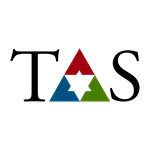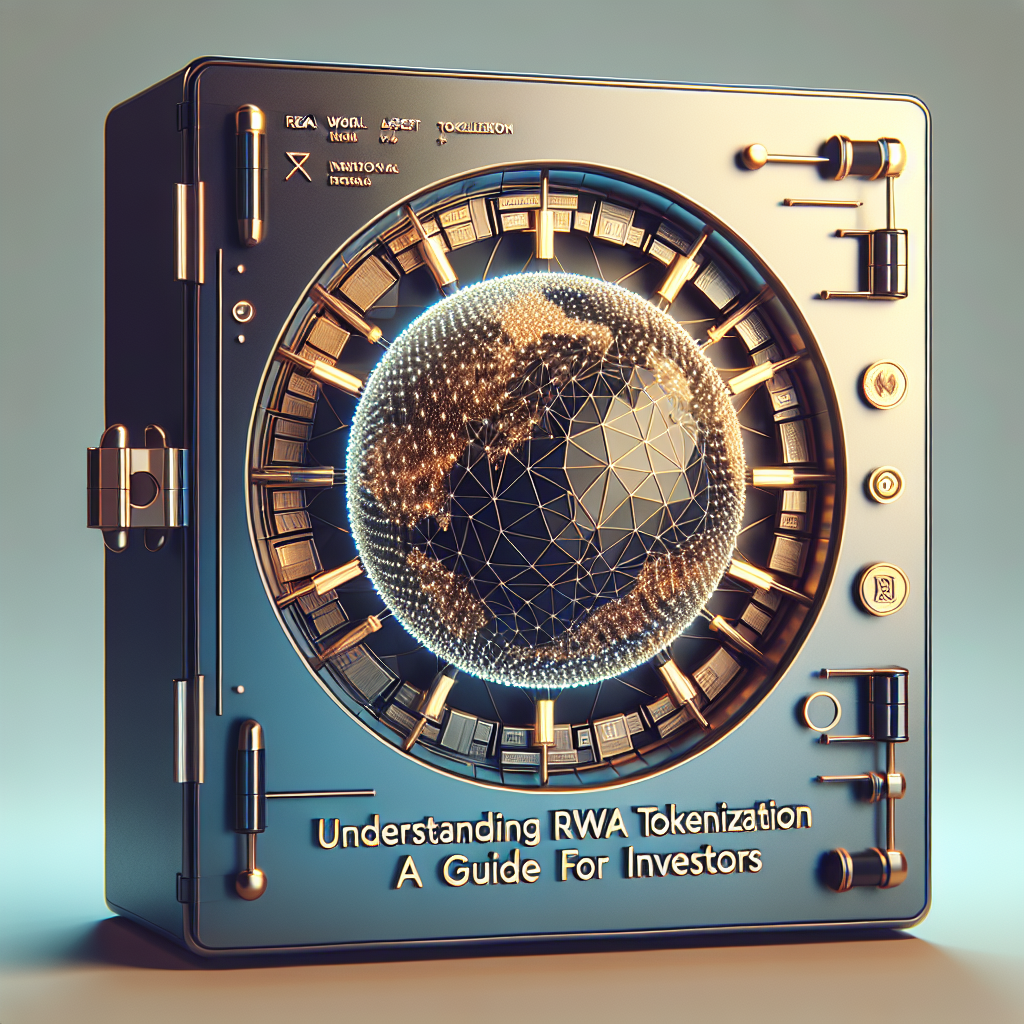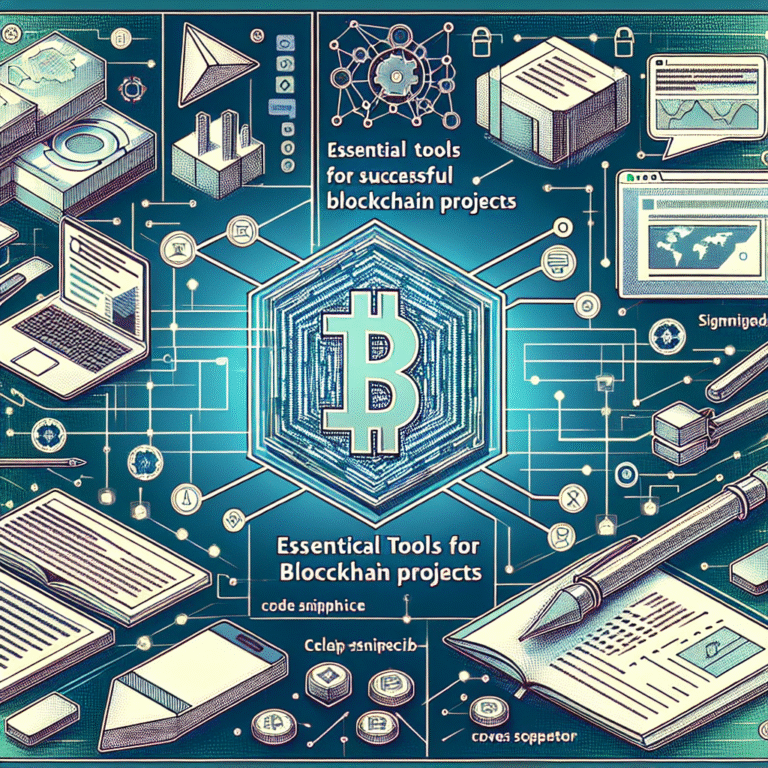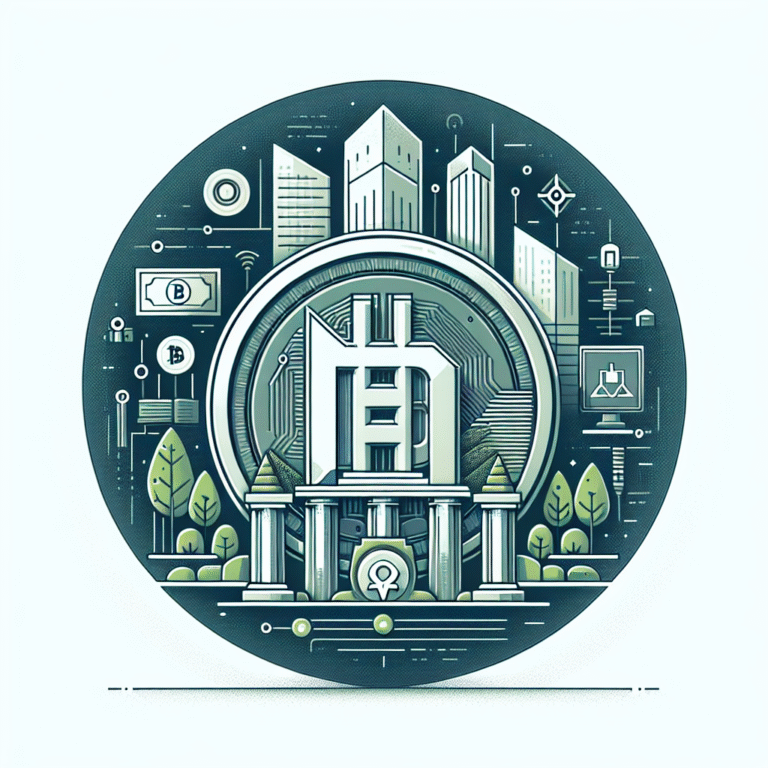Understanding RWA Tokenization: A Guide for Investors
Introduction
RWA tokenization, or the process of converting real world assets into digital tokens, is revolutionizing the investment landscape. For investors, understanding RWA tokenization presents a unique opportunity to engage with financial innovation.
What are Real World Assets?
Real world assets (RWAs) refer to tangible or intangible assets that hold intrinsic value. Examples include real estate, commodities, art, and even intellectual property. These assets can be tokenized, transforming them into digital assets that can be easily traded on blockchain platforms.
- Real estate
- Commodities (gold, oil)
- Art and collectibles
- Intellectual property
How RWA Tokenization Works
The tokenization process involves several key steps:
- Asset Identification: Choosing which real world asset to tokenize.
- Asset Valuation: Determining the value of the asset.
- Smart Contract Creation: Developing a smart contract that outlines the terms of the token.
- Token Issuance: Creating the digital tokens representing the asset.
- Trading on Blockchain: Listing the tokens on a blockchain platform for trading.
Blockchain technology plays a crucial role, ensuring transparency, security, and immutability of records.
Benefits of RWA Tokenization
RWA tokenization offers numerous advantages:
- Increased Liquidity: Tokenized assets can be traded 24/7, improving liquidity.
- Accessibility for Investors: Lower barriers to entry allow more investors to participate.
- Transparency and Security: Blockchain technology provides a secure and transparent environment for transactions.
Challenges and Risks
Despite its benefits, RWA tokenization faces several challenges:
- Regulatory Considerations: Compliance with local and international regulations is crucial.
- Market Volatility: The value of tokenized assets can be subject to market fluctuations.
- Technology Risks: Cybersecurity threats and technological failures can jeopardize investments.
Case Studies
Several successful RWA tokenization projects have emerged, illustrating the potential of this innovative approach:
- Real estate tokenization platforms that have successfully sold shares of properties.
- Art tokenization projects that allow fractional ownership of artworks.
However, some projects have faced challenges, providing valuable lessons about regulatory compliance and market understanding.
Future of RWA Tokenization
The future of RWA tokenization looks promising with several emerging trends:
- Increased adoption of decentralized finance (DeFi) platforms for trading tokenized assets.
- Integration with traditional finance, allowing smoother transactions between tokenized and conventional assets.
- Innovative liquidity solutions to enhance asset trading.
Conclusion
In summary, RWA tokenization presents exciting investment opportunities by increasing liquidity, accessibility, and transparency. Investors should stay informed about market trends and regulatory developments to navigate this evolving landscape effectively.
Call to Action: If you’re considering investing in tokenized real world assets, start researching reliable platforms and stay updated on compliance regulations.
FAQ
- What is RWA tokenization? RWA tokenization is the process of converting real world assets into digital tokens that can be traded on blockchain platforms.
- How can I invest in tokenized real world assets? You can invest by selecting a reputable platform that offers tokenized assets and following their investment procedures.
- Are there risks associated with RWA tokenization? Yes, risks include regulatory challenges, market volatility, and technology-related issues.
- What is the future of real world asset tokenization? The future looks bright with increasing adoption and integration with traditional finance.




